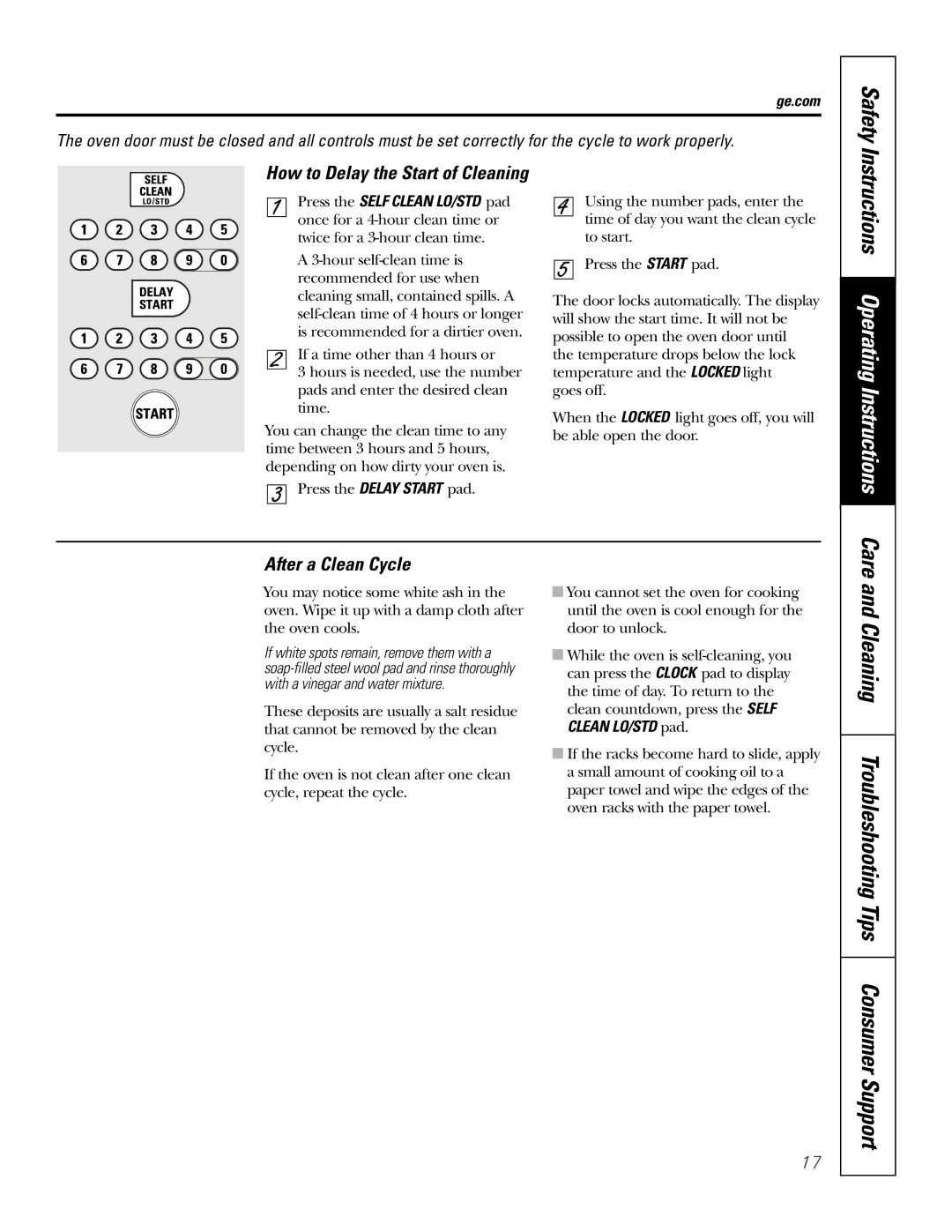JD900, JS900 specifications
The GE JS900 and JD900 are advanced gas turbine models from General Electric, designed for efficiency and performance in power generation. These turbines represent the innovative spirit of GE, incorporating cutting-edge technologies to meet the demands of modern energy markets.The GE JS900 is a versatile model used primarily in combined cycle power plants. One of its standout features is its ability to achieve high thermal efficiency, reaching levels of around 60 percent. This efficiency translates into lower fuel consumption and reduced emissions, making it an environmentally friendly choice for energy producers. The JS900 utilizes a larger aerodynamic blade design and advanced cooling techniques, which enable it to operate at higher temperatures, thus enhancing its overall performance.
On the other hand, the GE JD900 is designed for industrial applications, particularly in the oil and gas sector. It boasts a robust construction that can withstand the harsh conditions typical within these environments. The JD900 features a unique combustion system that minimizes nitrogen oxide emissions while maintaining a high power output. Its modular design allows for easier maintenance and faster installation compared to other models, making it a preferred choice for operators looking for operational efficiency.
Both turbines are equipped with GE's Digital Wind Farm technology, which utilizes real-time data analysis to optimize performance and reliability. This technology allows operators to monitor and adjust settings dynamically, ensuring maximum efficiency and reducing downtime. Additionally, the JD900 and JS900 both feature advanced control systems that enable seamless integration with existing power plant operations.
Both models also emphasize flexibility in fuel options. They can operate on a variety of fuels, including natural gas, liquid fuels, and even biofuels, which adds to their adaptability in different geographical locations and energy markets.
In conclusion, the GE JS900 and JD900 turbines stand at the forefront of gas turbine technology, embodying efficiency, sustainability, and adaptability. Their advanced features, combined with GE's commitment to innovation, make them ideal choices for a variety of energy applications, meeting the needs of industries while promoting environmental responsibility.

